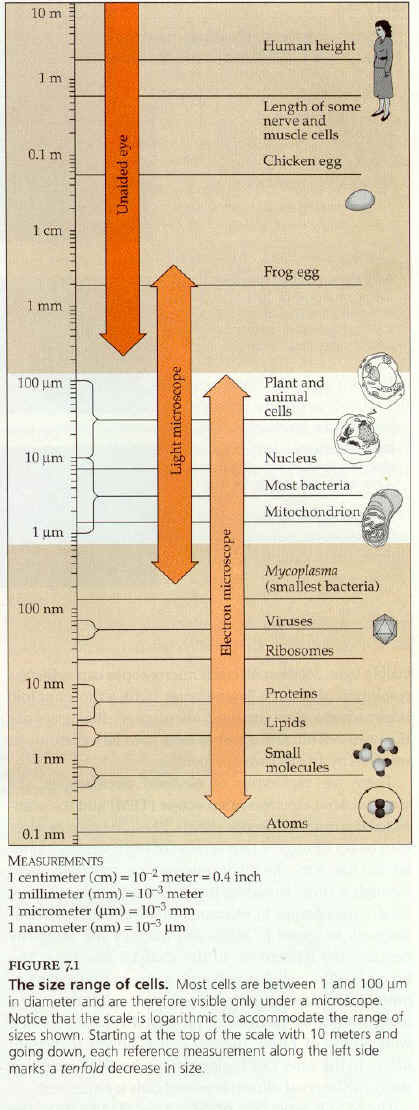 MYCOPLASMAS
MYCOPLASMASMYCOPLASMAS - a laymans introduction
 MYCOPLASMAS
MYCOPLASMAS
It now appears to be generally agreed that Mycoplasmas are bacteria but some authors indicate that they can exhibit certain viral behaviours.
Mycoplasmas are the smallest cells known and have diameters of between 0.1 and 1.0 micrometers. These are perhaps the smallest package with enough DNA to program metabolism and enough enzymes and other cellular equipment to carry out the activities necessary for a cell to sustain itself and reproduce. Most bacteria are 1 to 10 micrometers in diameter, about ten times larger than mycoplasmas.
A large number of Mycoplasmas are known, only a few of which have been found in man (although there have been occasional recordings of mycoplasmas crossing from animals into humans). The four most commonly referred to at this time in connection ME/CFS (and certain other illnesses which also exhibit symptoms of Chronic Fatigue) are Mycoplasma Pneumonia, Mycoplasma Fermentans, Mycoplasma Hominis and Mycoplasma ???
Like many other organisms, Mycoplasma are frequently present in parts of the human body and present no ill effects (or perhaps are simply dealt with by the body's own mechanisms?). Severe illness as a consequence of Mycoplasma infection appears to be a consequence the Mycoplasma "hiding" within other of the body's cells and therefore protecting themselves from the body's natural defence systems.
Conventional wisdom worldwide on Mycoplasma infection appears to be that a 10 day course of antibiotics sorts it out. It has also been stated that the Mycoplasma will burn itself out. Today's research, which appears not to be readily recognised by the medical profession, it that
Mycoplasma Pneumonia is recognised in the UK and can be tested for - no tests are available for other types of Mycoplasma. The Mycoplasma Pneumonia test will only detect the presence of the bacteria when someone is very severely ill (some have made the comment "close to death"!). It is a specific test and it appears to be rarely requested.
Research in California has developed a means of identifying the presence of Mycoplasmas in blood by use of PCR/DNA techniques. These tests are very sensitive but are presently only available in a few laboratories in the USA and Australia - they are not available anywhere in the UK or Europe.
Because they are bacteria, persistent Mycoplasmal infections can be treated with extended doses of certain antibiotics . It is not yet clear whether these treatments totally eradicate the infections but patients certainly report that they return to 80-90% fitness.
It is not yet clear whether Mycoplasma is a cause of ME/CFS, but it certainly appears to be a source of the severe symptoms which characterise ME/CFS but the evidence appears to be that it is responsible for these symptoms.
This document is the first draft of an attempt to tell the current status of research into the link between ME/CFS and Mycoplasma infections. It is written by a layman and is intended only as an introduction for laymen. We hope eventually to add references to substantiate each statement, which will hopefully make the document more relevant to professionals. It is important to follow on your reading by getting into more of the detail contained in the information and scientific documents on the webpages on our links page.